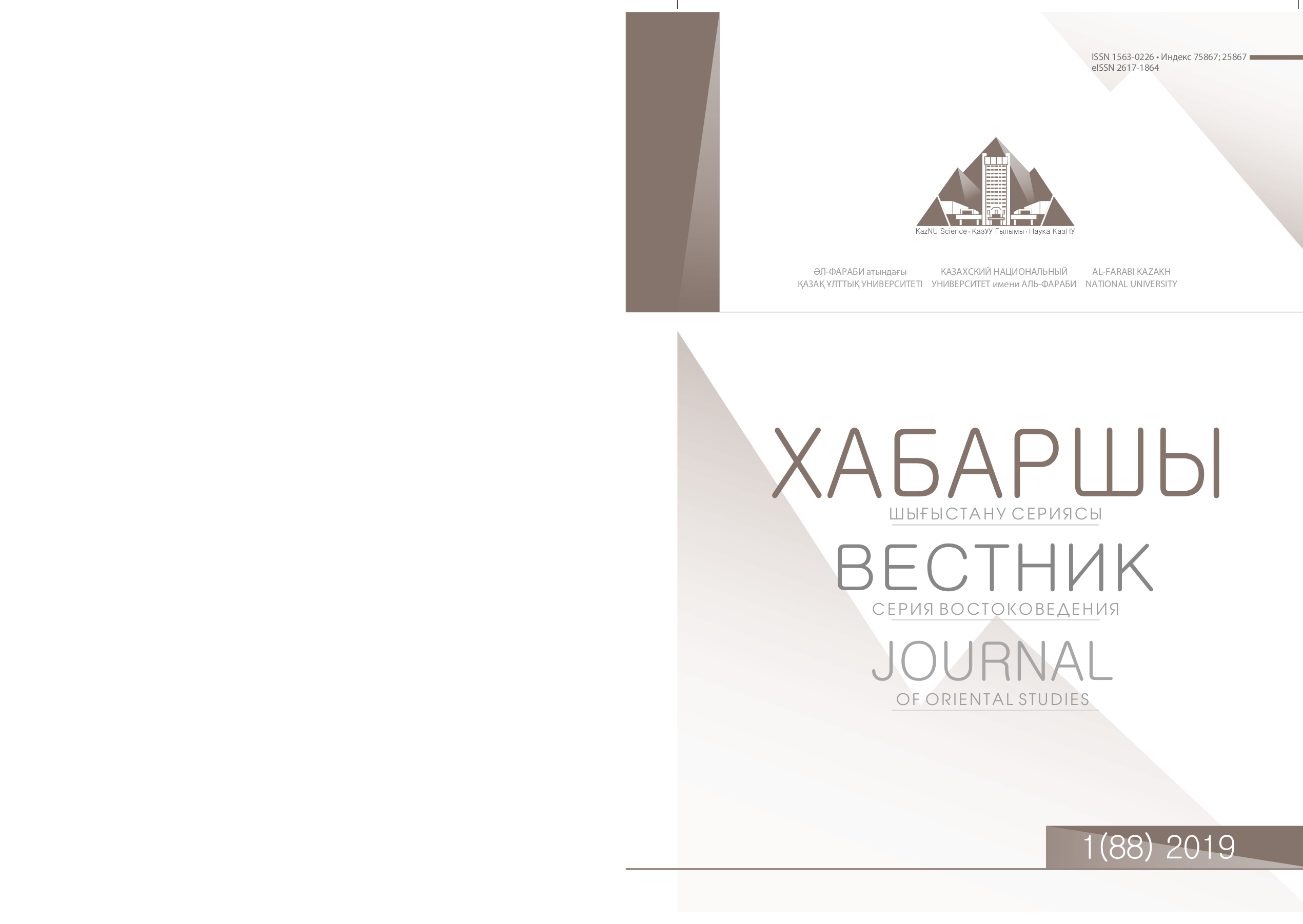STRUCTURAL AND SEMANTIC FEATURES OF PROVERBS AND SAYINGS IN CHINESE AND KAZAKH LANGUAGES
DOI:
https://doi.org/10.26577/jos.v88i1.1343Abstract
A person is able to understand the world and himself thanks to a language in which social and his- torical experience is consolidated – both human and national. The interest of modern man to his past, the sources of his culture makes him scrutinize the language closely. The echoes of the past years are preserved today in proverbs, sayings, idioms. These are peculiar micro-worlds that contain “both moral law and common sense, expressed in a brief utterance, which the ancestors bequeathed to the leader- ship of the descendants”. Proverbs and sayings are a rich vocabulary that describes various periods of a people’s social life, their interrelationship and social phenomena, offering skillful and understandable ideas. Consequently, the ancient people, through proverbs and sayings, transmitted life realities, set an example to their younger generations. Through these language units, you can educate the next genera- tion to love your homeland, work without lies, learn, be honest, be humble and refrain from bad quali- ties, gossip and pride. That is why proverbs and sayings occupy a special position in the language, and their study as an object of linguistic research is relevant. The relevance of the research topic is due to the need to identify the general and specific in proverbs and sayings on the material of Kazakh ang Chinese languages and their theoretical understanding in the aspect of the problem of the relationship between language and culture, which will contribute to a deeper understanding of the national world view re- flected in the world language picture.
Key words: proverb, saying, idiom, proverb, stable expressions, idiom, phrase.




